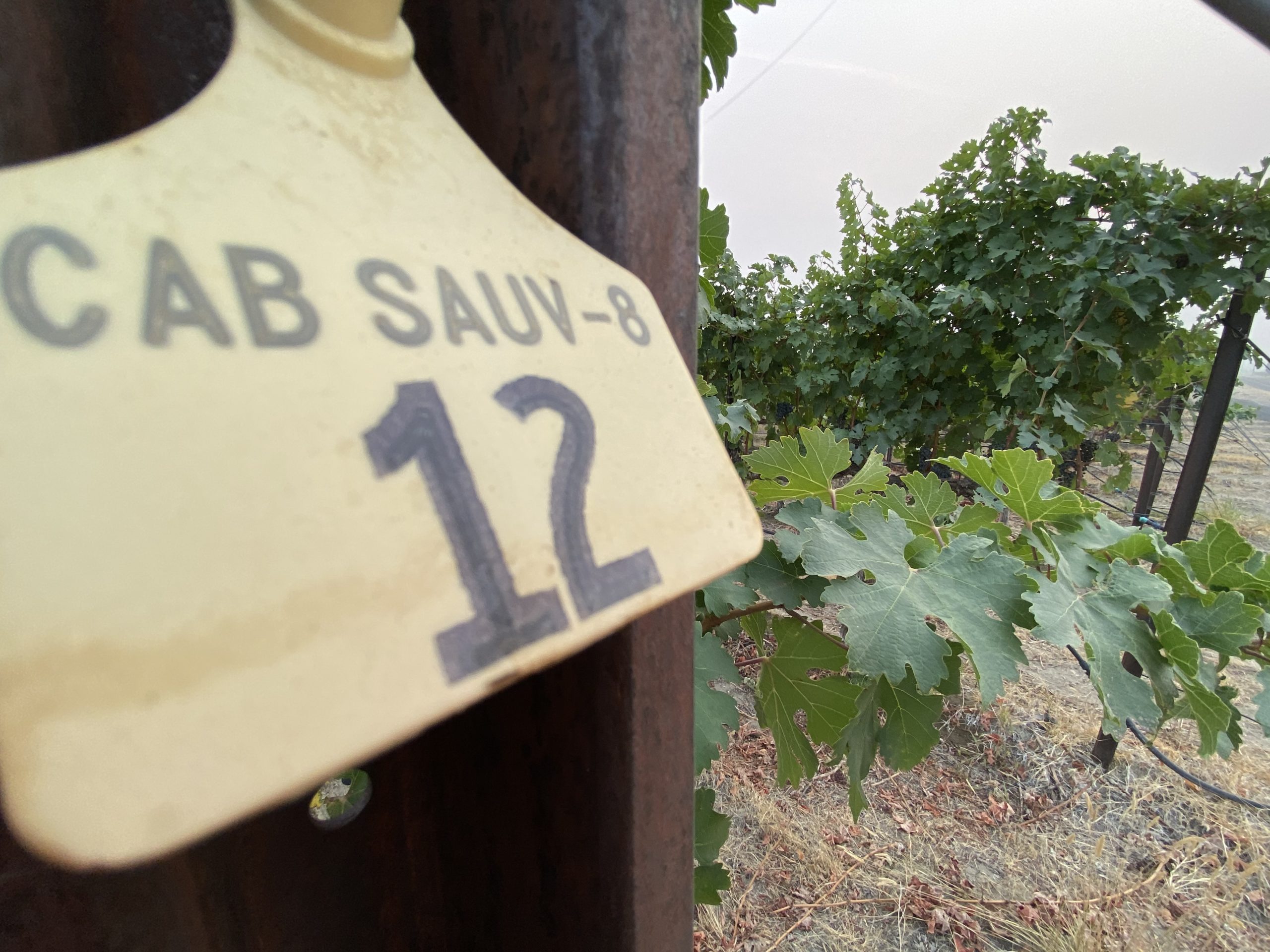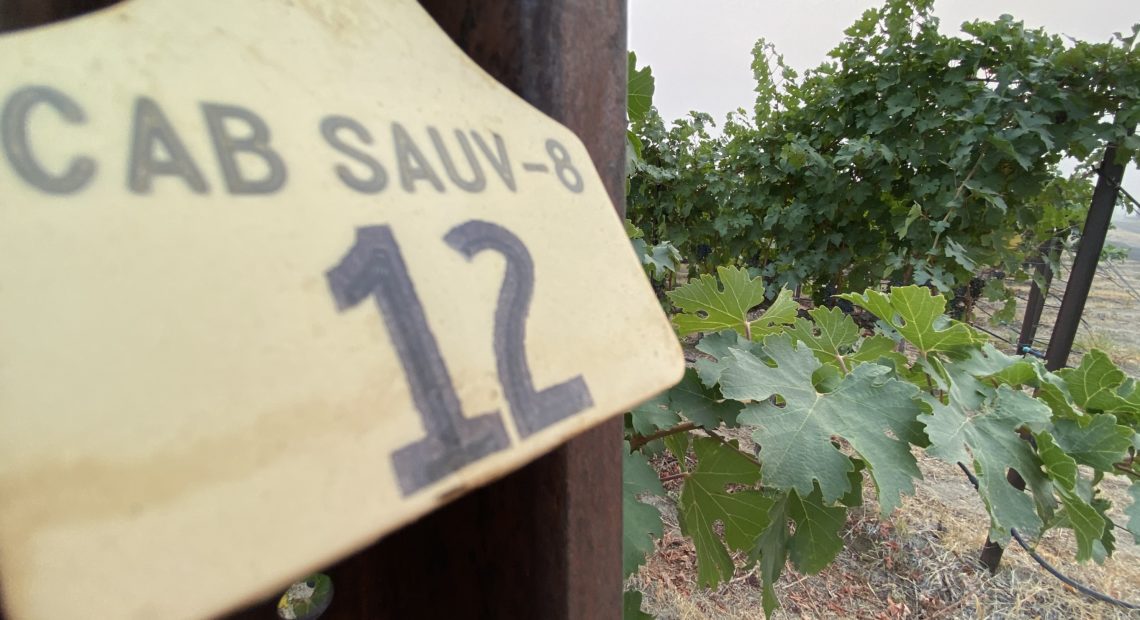
Smoke On The Vineyard: Winemakers Fret Over Possible Taint Of Valuable Northwest Grapes
Listen
Thousands of vines roll over the hills like neatly placed stitches on a rumpled bed quilt.
The sunset on Red Mountain’s Sunset Road near Richland, Washington, is usually spectacular. But on this evening, the sun just slips behind a dirty-white veil of smoke.
Pickers can’t work as much in the smoke, says Red Mountain winemaker Charlie Hoppes.
“I mean we’ve really taken a week off in the middle of harvest,” Hoppes says, “which I haven’t done in 33 years. I’ve never had anything this big happen in the middle of harvest.”
As the recent thick blanket of wildfire smoke clears, what remains is worry. Smoke may have tainted fruit across the West.
The industry wants relief money, through an extension of the Wildfire and Hurricane Indemnity Program Plus.
In a letter to the U.S. House of Representatives, industry officials say: “We fear these wildfires, and potentially more to come, will result in the greatest economic loss, due to a natural disaster, ever suffered by the industry in our states [California, Washington and Oregon].”
In those three states alone, the wine grape and farmgate value — purchased directly from farms without markup — is $4.5 billion per year, according to Vicky Scharlau with the Washington Winegrowers Association.
Industry officials say the winery business generates $71.6 billion of economic activity across Washington, Oregon and California.
Smoke Factors
“We truly don’t know what the effects are yet,” Hoppes says. “Because every place is different.”
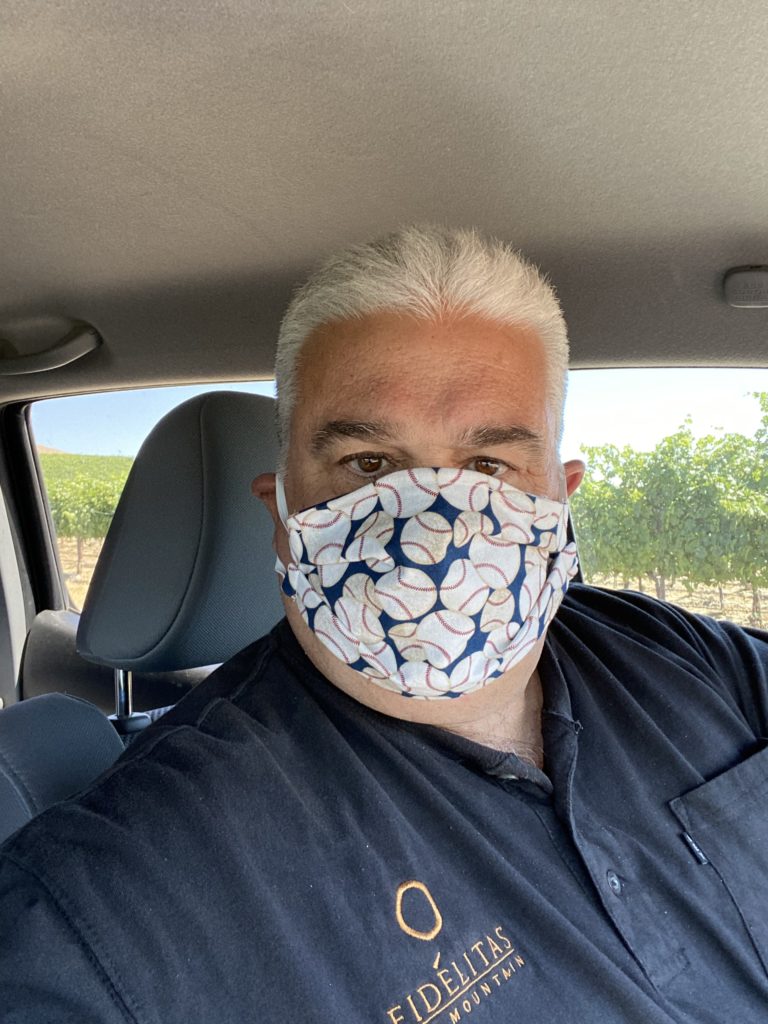
Charlie Hoppes is the winemaker-owner of Fidelitas based on Red Mountain, Washington. Courtesy of Charlie Hoppes
Grapes take in very tiny smoke particles into their leaves, skins and flesh. The smoke then binds with the sugars in the grape.
Sean Sullivan edits the Washington Wine Report and uncorks many wines each day for tasting. He says wine tainted by wildfire smoke doesn’t have that yummy toasty oak barrel flavor, but rather tastes like … “Campfire, woodsmoke, ashtray, smoked meat, medicine.”
Sullivan says not everybody notices the taint. And he says that in some varieties, like syrah, a little smokiness is even considered desirable.
Tom Collins studies wine and smoke at Washington State University in Richland. He says how much you taste the smoke depends on everything: how far the fire is from the vineyard, what fuel it’s burning, the time of year, and even the variety of grapes.
“You can’t just say, ‘Oh that particular region had smoke this year. Their wines are not gonna be good,’” Collins says. “Because on any given exposure, there are a range of outcomes.”
So winemakers need to know if the millions of dollars of grapes they are harvesting right now are ruined.
But winemakers can’t taste the smoke just by smooshing a berry in their mouths in the vineyard. Only when the grapes are made into wine — and the sugar bonds are chemically broken — are the smoke particles released and the flavors detectable.
While it’s hard to tell yet how much smoke may have gotten into these new wines, what’s interesting is how it gets in, says Thomas Henick-Kling, who leads WSU’s wine science center. He says the smoke lands on grape skins or leaves.
“The plant recognizes these things as foreign substances,” Henick-Kling says, “actually as toxic substances, foreign substances. And the way to get rid of these substances is to link a sugar to it and then dump it where all the sugar goes. It goes into the berries.”
Henick-Kling says only after the sugar is broken down in wine can you taste the smoke.
Testing By Taste
The labs that usually help test for smoke compounds in grapes are so inundated with samples from across the West that many winemakers are flying blind.
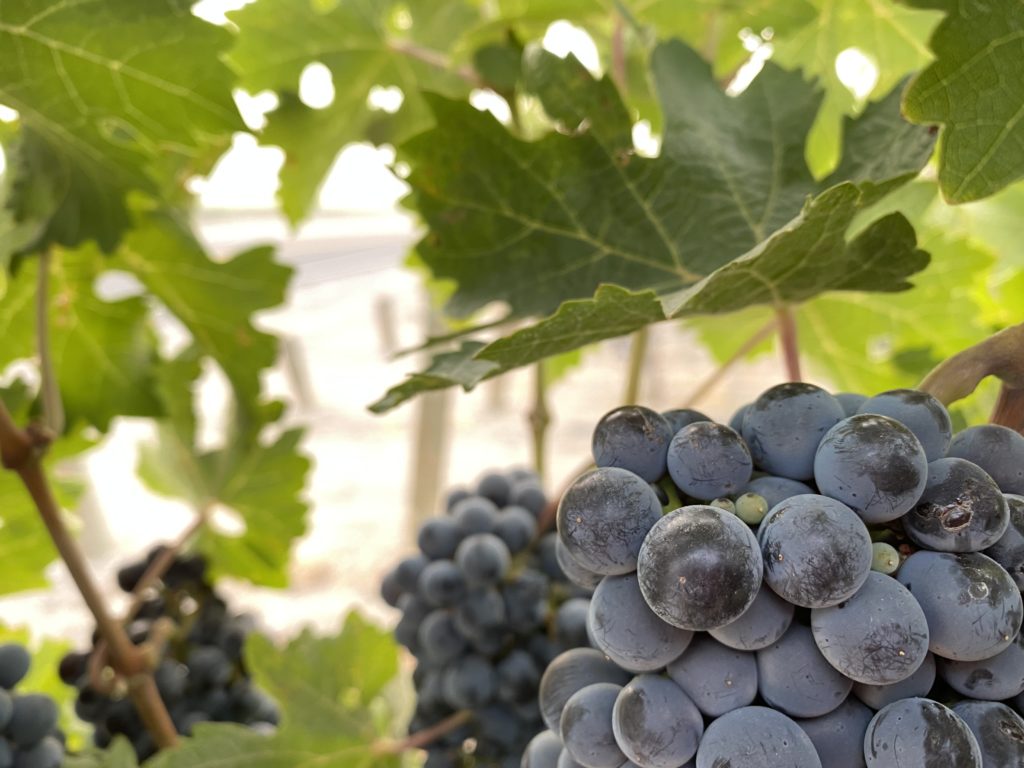
Valuable wine grapes hang ready to pick in the recent heavy smoke on Red Mountain, near Richland, Washington. CREDIT: Anna King/N3
A mini crusher-destemmer whooshes and hums at Charlie Hoppes’ Fidélitas production facility in Richland. Hoppes and many winemakers are making wine in baby batches — several gallons at a time — to test the grapes in addition to the labs.
“We’re hopeful that it’s gonna be OK,” Hoppes says.
Large companies like Ste. Michelle Estates have their own labs. Hoppes says Washington winemakers have also contracted with a lab in Seattle that has opened up some capacity to run more samples.
Some wineries have their own estate vineyards. But most buy grapes from multiple vineyards from multiple appellations — like Red Mountain cabernet savignon and Walla Walla syrah.
There’s millions of dollars at stake for both growers and vintners — and questions to answer like who is going to pay for possibly smoke-damaged grapes? To reduce friction between the two groups, the industry is convening experts from as far away as fire-ravaged Australia, says Vicky Scharlau with the Washington Winegrowers Association.
She worries about how climate change will affect the industry.
Scharlau says the changing climate is altering the Western terroir — the makeup of soil, air, and elevation that gives a wine its unique qualities.
“Now a part of our terroir has become an increasingly prevalent amount of wildfires. That has become an annual event we’ll have to deal with in the foreseeable future,” Scharlau says. “All of agriculture will have to figure out how to deal with that.”
Related Stories:
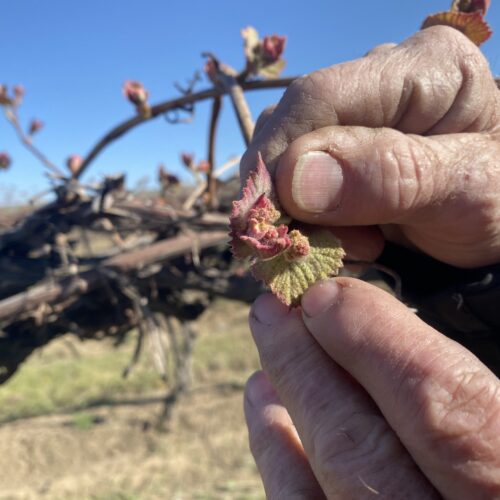
Drought expected to plague farmers in the Yakima Valley, Kittitas areas this summer
Jim Willard shows “bud break” on an old block of concord grapes eight miles north of Prosser, Washington. The baby leaves and buds start pushing out to become grown vines
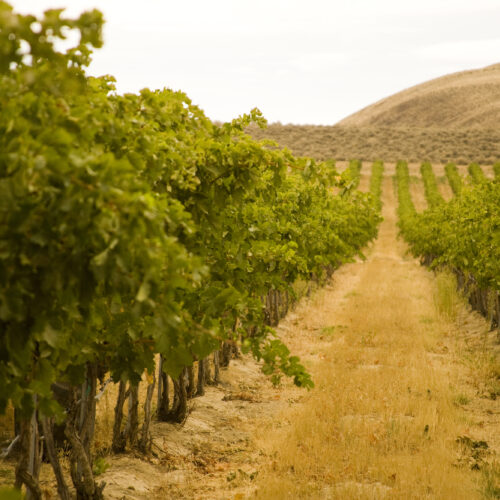
Northwest wine behemoth – Ste. Michelle Wine Estates – may be listing
Northwest wine industry leader, Ste. Michelle Wine Estates, dumps about 40 percent of its contracts with Washington growers. (Photo courtesy of Ste. Michelle Wine Estates.) Read The massive Northwest wine
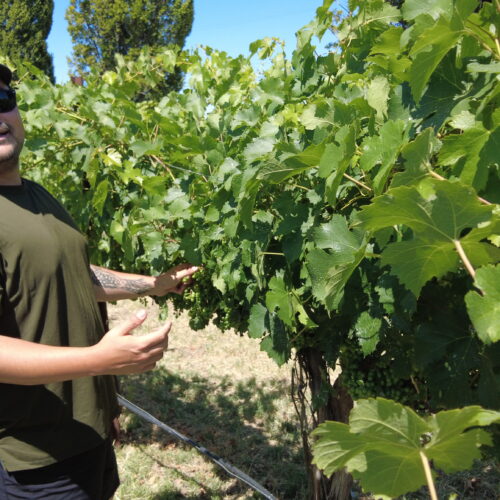
Washington Wine Industry: Breaking Ground
The multi-billion dollar wine industry in Washington state would not be what it is today without the field workers. The storytelling program Breaking Ground captures the stories about growers and winemakers and also the field workers.

